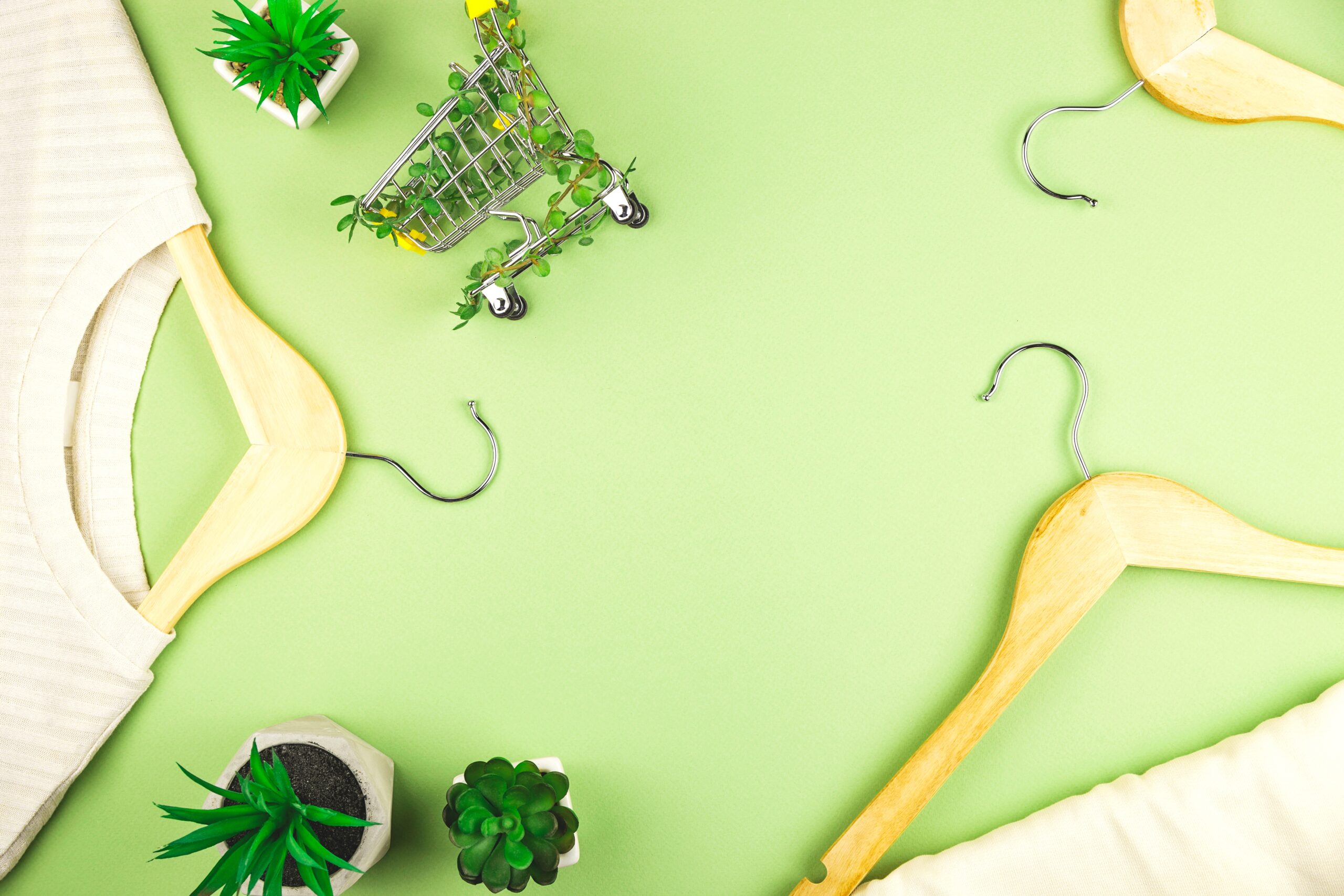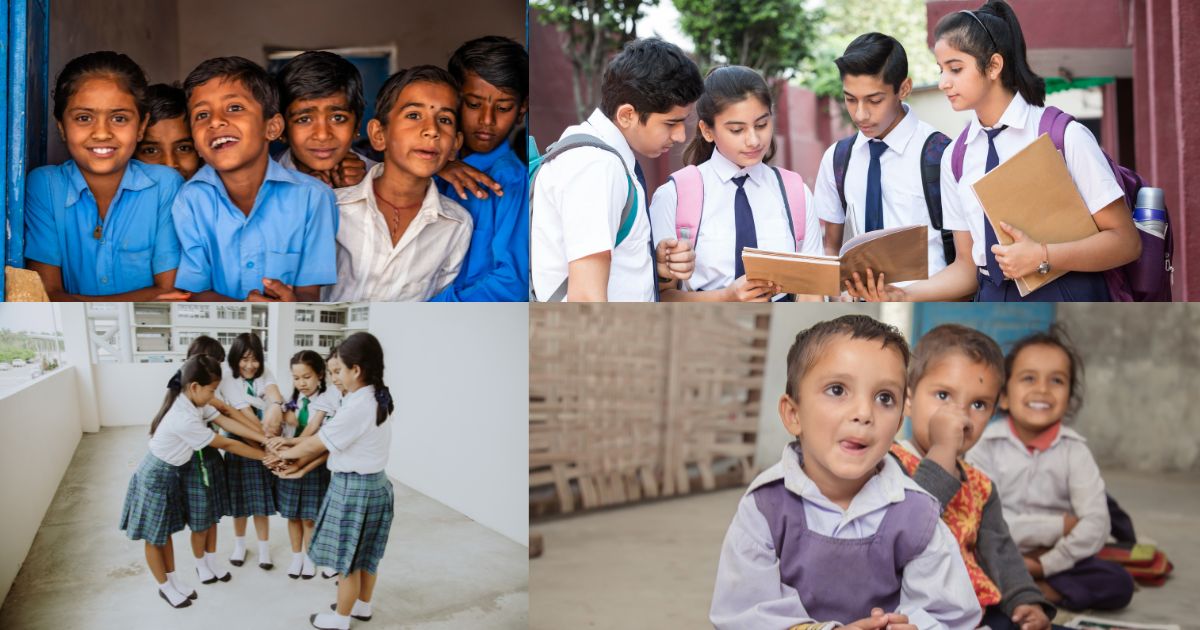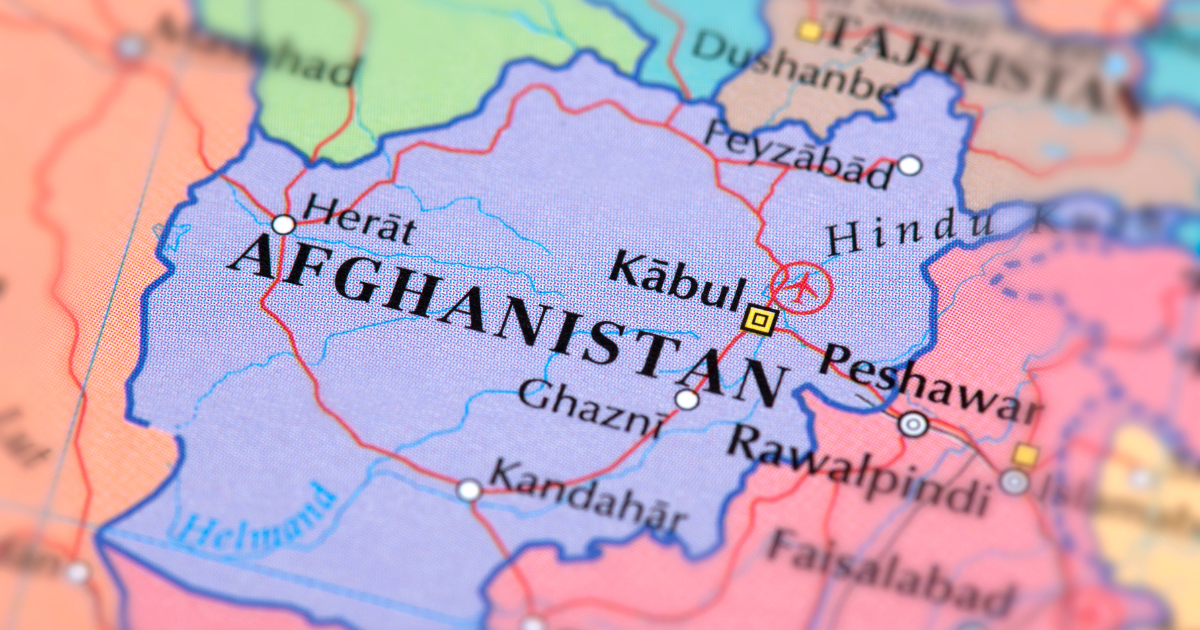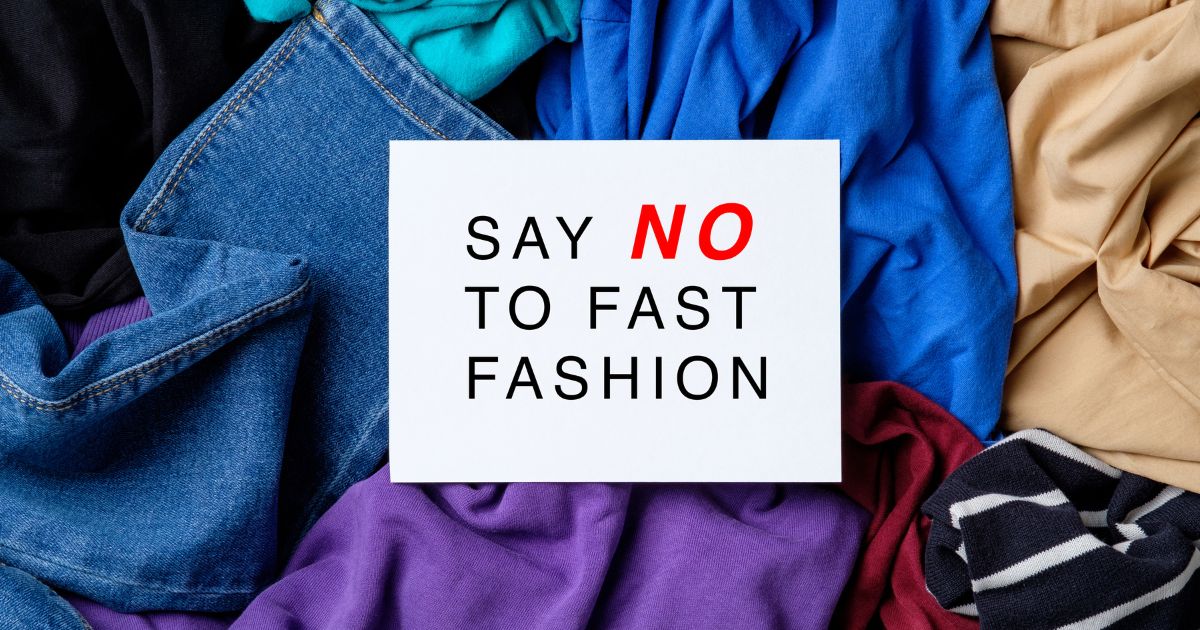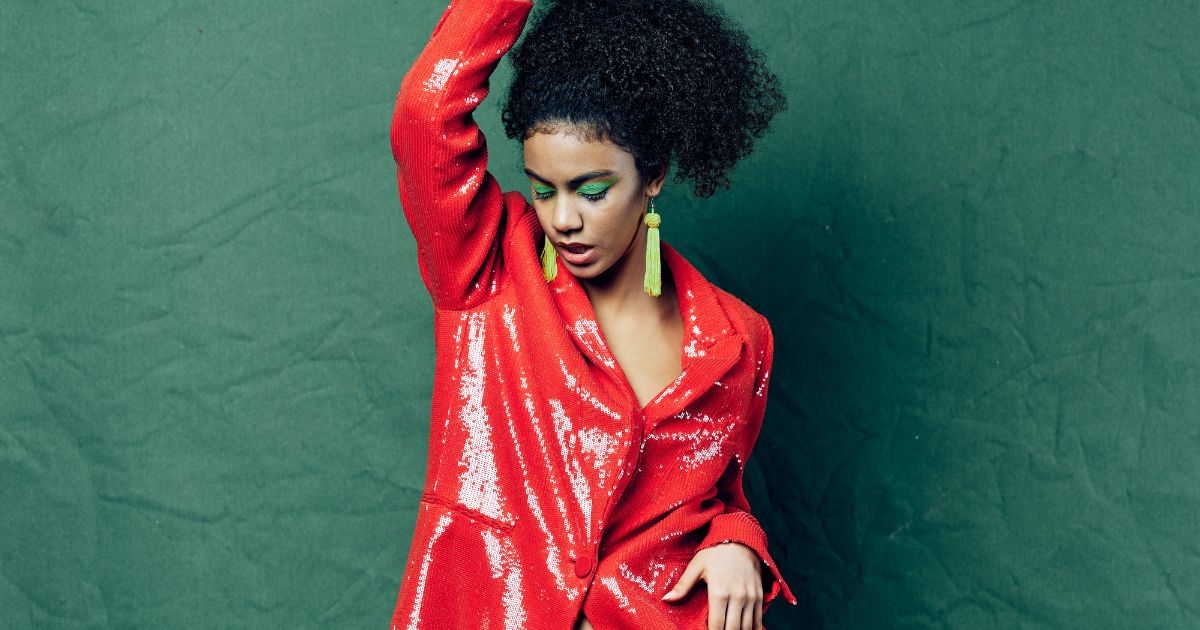While fashion relies on biodiversity, it is also responsible for accelerating biodiversity loss. Fashion ‘takes’ from nature, using it as a bank of resources – and the fashion industry has built up an enormous debt that is being repaid with consequences it can’t always predict. Some of the critical negative impacts of the fashion industry include contributing to soil and land degradation, deforestation, desertification, land conversion and pollution, declines in plant and animal populations, and much of what we take from nature is processed in ways that prevent it from being returned to the earth.
There are many different ways fashion can start to reverse its destructive relationship with biodiversity, instead looking to enable preservation and restore damaged ecosystems. These include – among others – ecosystem conservation, restoring the health of working agricultural lands, providing farmers with economic incentives for good practices, institutionalizing carbon emissions reductions, mainstreaming traceability and blockchain, and promoting certifications and holistic management.
We’ve explored five examples that can be considered no matter where you are in the fashion system. This is not an exhaustive list, but a profile of some of the ways fashion can support biodiversity.
- Industry Examples:
The EP&L methodology covers all tiers in the supply chain, from own operations and retail stores, through assembly and manufacturing, to processing and production of raw materials. Each tier is assessed across six impact areas: greenhouse gas (GHG) emissions, water use, generation of waste, water pollution, air pollution and land use.
- Biodiversity Strategy:
Once impacts have been assessed, a wider strategy can be built to define targets, indicators and priorities. New industry frameworks such as the below are in development to aid companies in making informed decisions, develop corporate biodiversity strategies, and create new and compelling narratives around nature-positive products.
- Sourcing and Diversifying Fibres:
In order to reduce stress on ecosystems, students, designers and brands can diversify the fibres they use – including fibres from renewable sources, agricultural waste and recycled materials – and look to develop sourcing policies that set environmental standards.
- Regenerative farming and wildlife:
Regenerative agriculture is a farming method that combines conservation and rehabilitation practices to restore, renew, and revitalize agricultural land in ways that recognize and value the mutual interdependence of all human and natural systems. Practices include regeneration of topsoil and enhancing soil fertility; intercropping (growing multiple crops in close proximity), improving water cycles; capturing carbon in soil, improving carbon capture through better feedstock and better livestock management, strengthening resilience to climate change; increasing yields over time; focusing on animal welfare; revitalizing connections between farms and their surrounding communities; and protecting biodiversity both on and off the farm.
- Design and product development:
Integrating biodiversity considerations into the design process begins to re-orient our priorities from a human-centric to a nature-centric approach. To put it simply, this is design that asks ‘what does nature need’ as a starting point, prioritising ecological needs over human needs (linking aesthetics, price point and availability to environmental criteria).
Fashion Brands practices to support Biodiversity
- GUCCI
Gucci’s approach to biodiversity encompasses both its business strategy and its collections: the operational and the creative. Their long-term environmental focus was amplified in 2015 via its 10-year “Culture of Purpose” sustainability strategy, which is underpinned by a series of targets to achieve by 2025 and benchmarked against Gucci’s annual Environmental Profit and Loss (EP&L) account. Gucci is dedicated to seriously reducing its footprint along the entire supply chain, and embrace climate-smart strategies to help protect and restore nature for the future. What they can’t reduce themselves, they translate into conserving biodiversity and forests that lessen the impacts of climate change. Three different ways Gucci supports biodiversity include: embedding biodiversity in product, committing to carbon neutrality, and making impactful partnerships.
As an example of Gucci’s product efforts, in June 2020 the brand launched Gucci Off the Grid, the first collection under Gucci Circular Lines which features products and collections created with its circular design innovation. Gucci Off the Grid is a collection of five product ranges covering accessories, ready-to-wear and travel pieces made of recycled, organic, bio-based and sustainably sourced materials, including ECONYL® regenerated nylon.
Gucci’s aesthetic is inspired by natural motifs, from exotic animals to plant life, creating a visual connection between biodiversity and fashion. Gucci partners with The Lion’s Share Fund, a unique initiative raising much-needed funds to tackle the crisis in nature, biodiversity and climate across the globe. Led by the United Nations Development Programme (UNDP) and a coalition of businesses and UN partners, the Fund’s goal is to raise over 100 million USD every year over the next five years by asking brands to contribute 0.5% of their media spend whenever an animal is featured in their campaigns. Animals appear in approximately 20% of advertisements around the world and the Fund is a creative and innovative concept that organically connects the business community with on-the-ground action to protect wildlife and its natural habitat.
Gucci’s biodiversity focus also includes its home region of Lombardy. A collaboration with Rete Clima, a climate-focused NGO, includes the urban reforestation project ForestaMi, which aims to plant three million trees in Milan by 2030. Gucci’s three-month partnership with The RealReal also supported tree-planting initiatives and for every person purchasing Gucci globally or consigning Gucci in the United States in The RealReal x Gucci shop-in-shop, platform or store, the companies planted a tree through non-profit One Tree Planted.
- Story mfg
Story mfg. is a British-based, independent vegan brand with a holistic view of biodiversity, founded by Katy and Saeed Al-Rubeyi. Their company philosophy is based on “a desire for a more authentic, fulfilling and kind approach to fashion – one that doesn’t involve a trade-off Many of the colours used in Story mfg.’s palettes come from natural dyes, some of which are widely used (like Indigofera Tinctoria, natural indigo) and some of which are less common (including babul bark or iron). One of their long-term collaborators, The Colours of Nature, research ancient dye techniques and work with Story to apply them to fashion collections. The India-based company is the largest natural indigo fermentation project in the world.
By restoring traditional techniques to the textiles industry, Story mfg. is able provide a healthy alternative to chemical dyes – many of which can be hazardous and polluting – creating colour out of something that can grow, ferment, decompose, and return to the earth. In the words of co-founder Saeed Al-Rubeyi, “when we make fertiliser out of rotten jackfruit to feed the earth in Tamil Nadu while making a jacket to be worn in California, we feel like we are striking the best balance we can.”
Story mfg. also collaborates on handwoven fabrics with Oshadi, an Indian company that is exploring regenerative practices by bringing back traditional techniques and putting them in use for modern supply chains. While organic generally eliminates the use of hazardous chemicals, regenerative revives native ecosystems and takes care of biodiversity between aesthetics and consciousness.”
CONCLUSION
Over the last 2 weeks, several major fashion companies seized on {COP15}, the UN biodiversity conference taking place in Montreal to highlight their commitments to tackling the threat that human activity poses to the natural world as 1 million species of plants and animals face possible extinction.
In the absence of defined frameworks and science- based targets fashion companies and NGOs alike are coming together around buzzwords like “Nature-Positive” but tackling the issue at earnest will require reform at very its form of how fashion businesses operate and as it currently stands there are very large gaps between commitments and actions.







